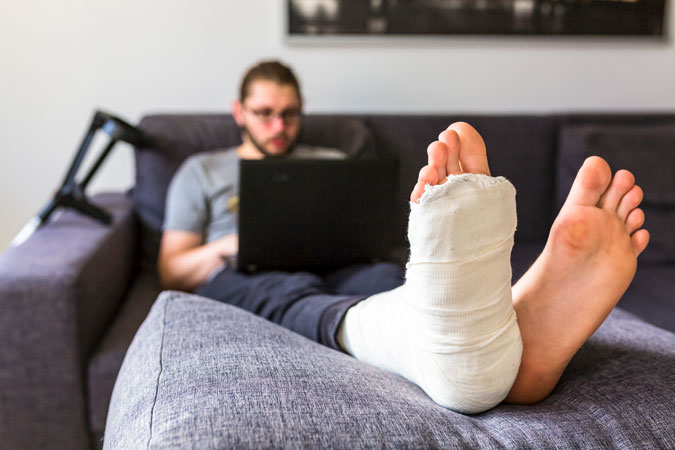The Top Four Things Safety Professionals Should Remember in a Post-Incident Interview

It can be a challenge to gain the necessary facts to prevent accidents from happening in the future, while being sensitive to the needs of the workers involved.
Author: Linda Arias
December 7, 2022
Safety professionals are responsible for post-incident interviews to uncover important facts that move an incident investigation forward. The challenge lies in being thorough while working with an injured person that is still in physical and emotional pain.
Have you ever felt there was a lost opportunity because the interview was cold, mechanical, or abrupt?
How do you bring a humane, caring approach while still conducting an effective investigation?
1. Acknowledge the Injured Person
First, acknowledge that the individual has experienced an unwanted injury. Denial or minimization of either the event or its consequences will shut down an honest discussion.
The goal here is to remove communication barriers. Remember, the event was likely the worst day they have ever experienced at work. You need to take a moment upfront and let the person know you regret the incident and the current pain and distress it is causing them and their family.
Connecting with an injured individual in this way signals you want to provide a safe space for the individual to talk about the injury.
Pro tip #1:
It’s ok to say, “I’m sorry that happened to you”. The misconception that expressing empathy is an admission of fault is simply false.
2. Preserve Their Dignity
Injured people can sometimes feel embarrassed or see the injury as degrading them in the eyes of their co-workers. Remember that an injured person is worthy of respect, regardless of the accident’s circumstances. Remind them they are and remain a valued contributor to the company; the accident doesn’t necessarily change that fact.
The injured person is crucial to the learning process. Let them know that the accident investigation is like a vehicle that drives them, their co-workers, and the company to a better place. Full participation shows the organization that the injured person is not merely a passive victim but is actively giving input.
Explain that the interview will focus on:
Interview details that only the injured parties can provide
Potential opportunities for workplace improvements
How to prevent this “bad day” from happening again to anyone else
Pro tip #2:
Let the injured party know you are taking notes to help your memory later and that what they share will not be used to assign blame or guilt.
3. Focus on Learning
Always reinforce that the interview is not about them. You are not after “the who”, but rather “the how” the incident happened.
This shift in focus is key. To help the injured individual see this point, ask them to consider this question: had they not been scheduled to work that day, could this incident have happened to a co-worker? The answer is almost always yes.
Pro tip #3:
You most likely will find all of the factors that caused or allowed the incident to happen existed apart from the injured party. This means the incident could have happened to anyone. Helping others to see this takes the spotlight off any one person.
4. Give Them Some Control
Recognize that returning to work after an injury is a process that can take many months physically and mentally. While the injured person did not choose for the incident to happen, they can control how they feel about it moving forward.

Allow them the opportunity to have control over their personal story and what being safe at work means to them.
This control and newfound purpose can help convert a stress-inducing accident victim interview into a powerful story of learning that’s worth sharing.
Pro tip #4:
When the time is right, ask the individual if they would like to share what they learned with others. This can lead to effective peer-to-peer safety learning, and a leadership opportunity for the injured party.
Care & Learn
While effective yet compassionate interviewing does take time and practice, these 4 tips can help safety professionals focus their efforts on what matters most—caring for people and keeping them safe.

